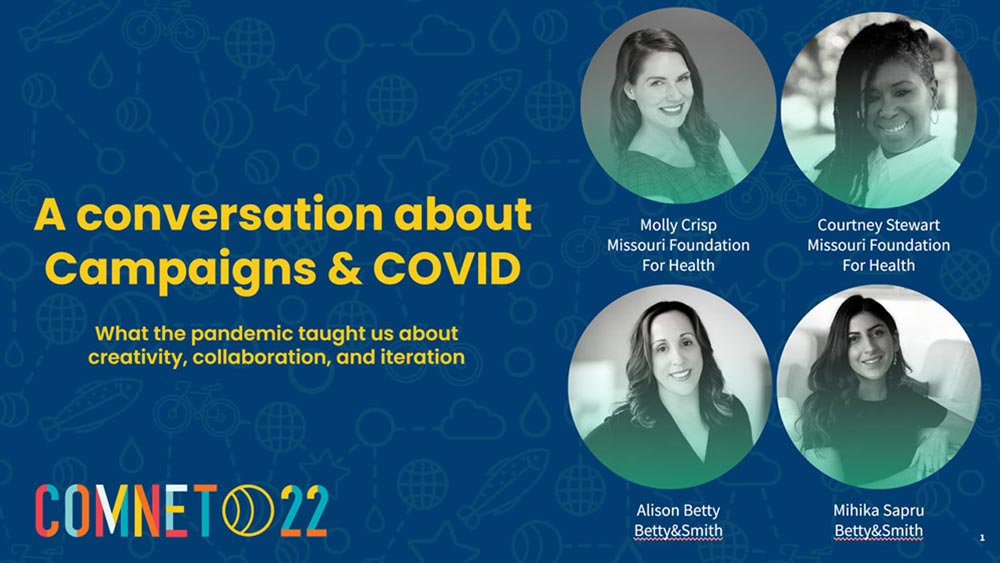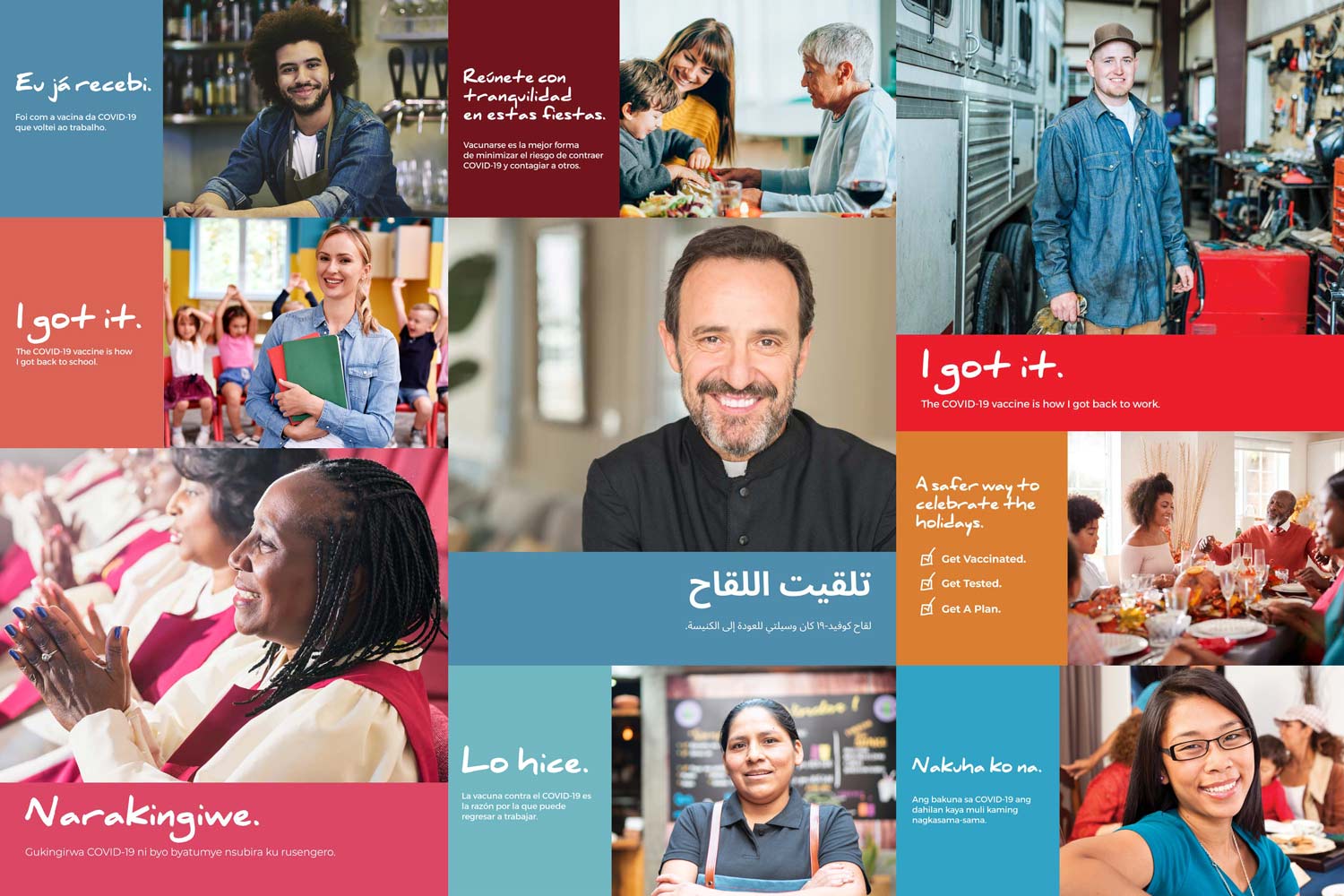
From the earliest moments of the pandemic, Missouri Foundation for Health recognized that widespread vaccination education was needed to help bring this dark period to an end. We understood that people who were undecided had genuine concerns and were wary of outside efforts pushing them to get vaccinated, and we recognized we would have to be creative and strategic. What we didn’t know yet were all the ways we’d need to continuously pivot to respond to the evolving crisis.
Building on already-existing communications campaigns One for All Missouri and Prepare STL, we expanded our vaccine education efforts. This included collaborating with community-based organizations to launch a Foundation-led push that helped bridge communication and trust with Missourians who had traditionally been marginalized and overlooked in health crises of the past. We provided support and shared resources grounded in research and driven by questions our partners were being asked at the time. Broadening outreach that organizations were already engaged in, we provided videos, flyers, social media posts, messaging guides, FAQs, and more, which were shared widely in collaboration with faith-based institutions, social service and health agencies, and businesses across Missouri to reach diverse audiences. This really elevated our reach and deepened our messaging even further, giving us a better chance for more people to learn about options to keep their families safe.

Employing a variety of strategies, the goal was for trusted messengers to spread factual information about the most effective ways to keep families protected from a disease that many knew nothing about. Churches signed 100% vaccinated pledges, and pastors encouraged folks to share their stories of positive experiences getting vaccinated. Businesses disseminated factsheets and offered incentives such as vouchers for free food and discounts to those who presented their vaccination cards. During the holidays, family members were given Q&A handouts so they could talk to their relatives at gatherings. One organization hosted Take a Shot, a basketball event, so staff could have in-person conversations. Texting campaigns were popular with young adults, and WhatsApp was successful at reaching immigrant populations. These approaches were most effective because they relied on existing relationships with neighbors, friends, and others in their communities.
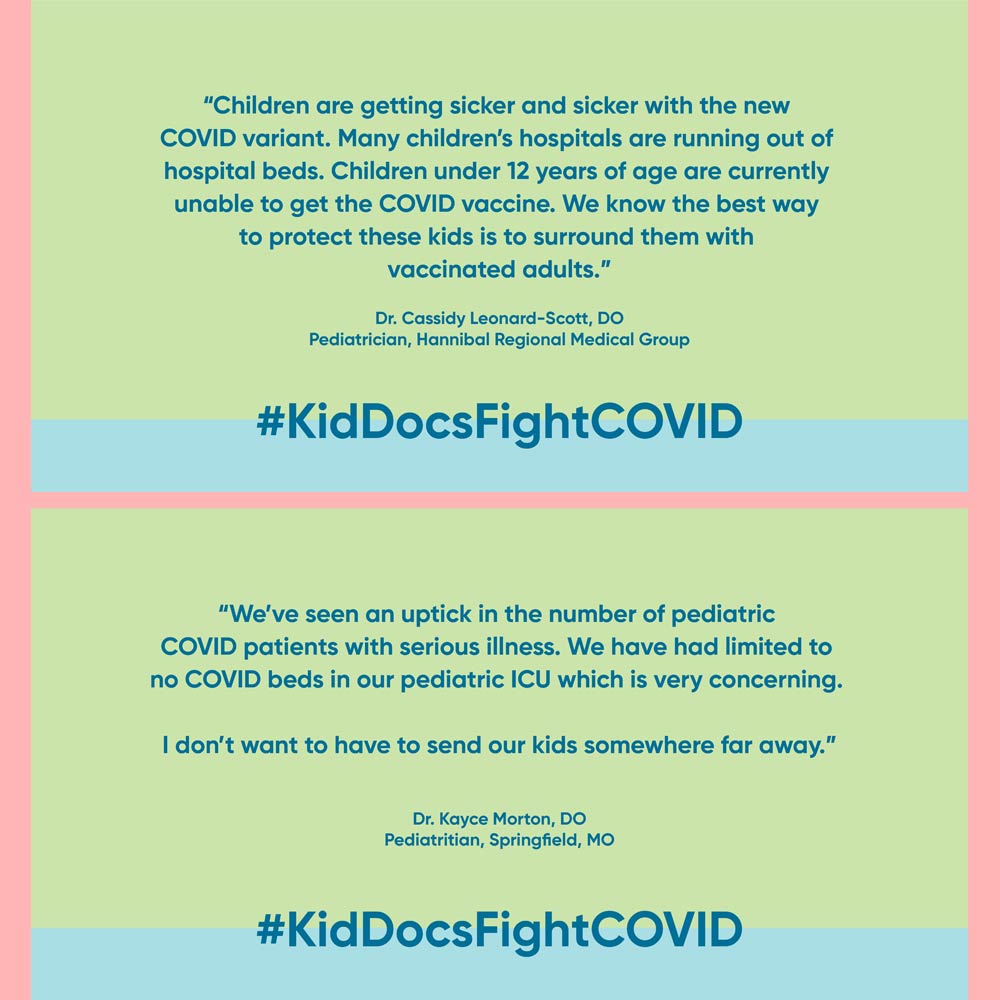
We also were intentional with our storytelling, realizing the power that actual Missourians held in sharing their own accounts of how COVID was impacting their lives. In the summer of 2021, when those 12 and under were unable to receive a dose, we teamed up with pediatricians on our groundbreaking #KidsDocsFightCOVID campaign to increase adult vaccination numbers. Using social media, radio, and other media outlets, doctors from across the state urged parents to get vaccinated to protect children who still were ineligible. Leaning on their expertise and credibility, physicians amplified the serious consequences of not getting vaccinated from their firsthand accounts.
Listen to Dr. Kristin Sohl's radio ad.
As the pandemic carried on, we continued to craft messages that were responsive to what was happening in the ever-changing environment. When long COVID, a condition that can damage the lung, heart, and brain, began to affect those who had even mild cases of COVID, we thought our communities needed to be aware. The #ThisIsLongCOVID campaign featured testimonials from Missourians who shared their experiences with the debilitating long-term symptoms from the disease. Both doctors and patients detailed health problems that were present four or more weeks after the initial infection in radio and digital ads. Those who previously were not concerned about COVID began to understand the persistent problems lingering symptoms could cause.
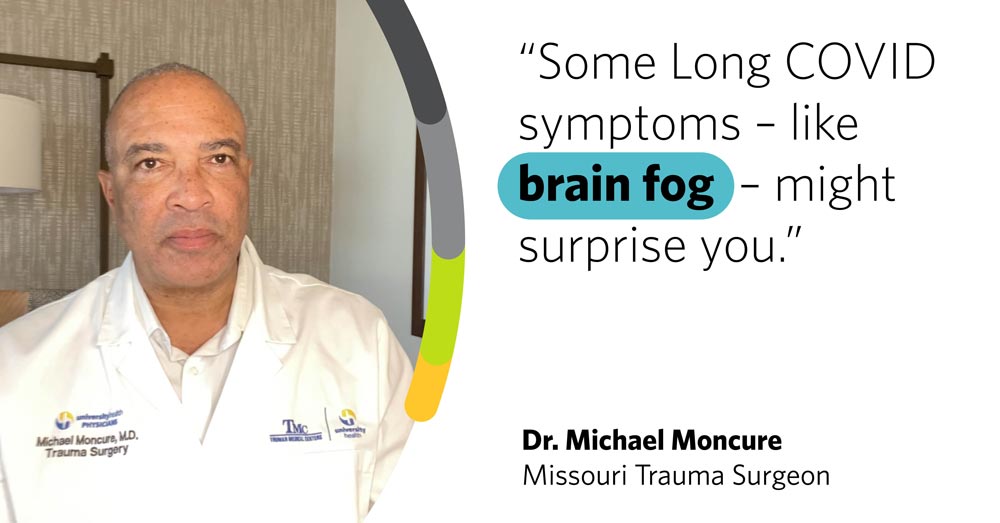

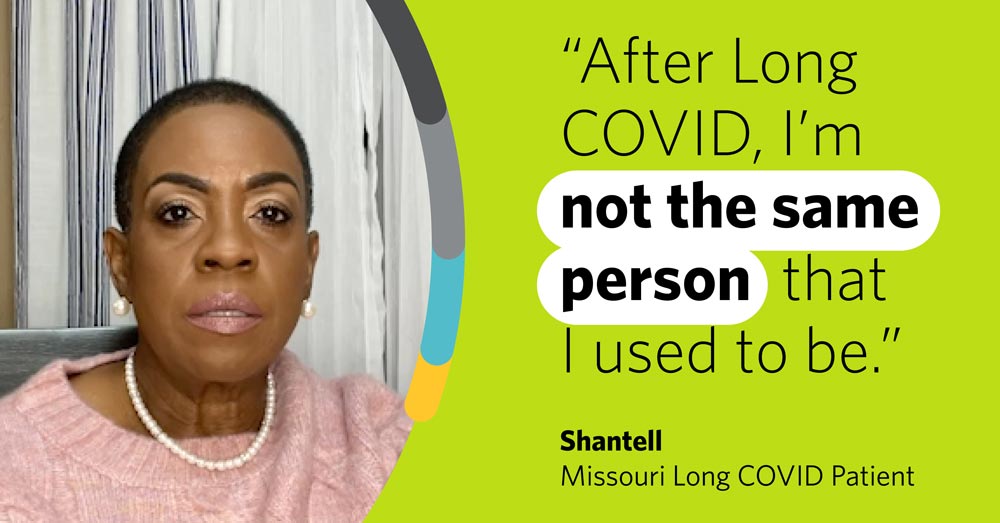

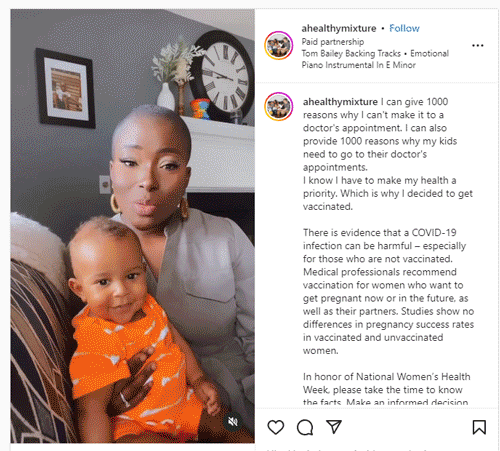
Still a year after the vaccine became available, there were many people concerned about it and its effect, especially women of child-bearing age. Unfortunately, many sources were rife with unfounded claims linking the vaccine to infertility, birth defects, and miscarriage. When in reality, research was showing the real danger was in being unvaccinated. To reach this group, we tried an innovative approach of partnering with influencers on social media who have already established credibility and relatability with their audiences, most of whom had connections in Missouri. We provided some guidance about prevalent concerns and myths that needed busting, and the influencers did the rest. With posts bursting in originality and creativity, they reached people on TikTok, Facebook, Instagram, YouTube, and by email. Drawing from their personal experiences, the team of influencers shared stories, along with information and resources, that really resonated with their audiences. The posts generated much conversation with hundreds of others chiming in with their reasons for choosing to get vaccinated, proving that community isn’t just where you live.
When we started this work, we didn’t know what each phase of the campaign would look like. Instead, we paid attention to what was happening in Missouri, used different strategies, and tailored messages to reach those who were still unsure of what to do. As we look ahead to future communications work, here are a few lessons we will continue to build on:
Reinforce targeted campaigns with more comprehensive equity-focused work. To get a specific health message across to communities effectively, philanthropic organizations can support organizations in acknowledging and addressing broader systemic health issues. Building a history of advancing equity and systems change gives more weight to a specific health message.
Build collaborative relationships among community organizations over the long term. Because broad efforts like messaging campaigns benefit from well-established working relationships between organizations, philanthropic organizations can prepare for future work by fostering constructive interactions among groups and across sectors to strengthen a foundational infrastructure.
Offer empathy and understanding. To open the door to empathy and understanding, it is important to avoid patronizing or dismissive messages and instead acknowledge questions and different reasons for concerns. Messages can then provide responsive, fact-based answers and transparency.
Want to dive deeper into the learnings? Lessons from messaging campaigns during COVID.

